Join us on English Plus Podcast as we embark on a captivating journey through the evolution of education systems around the world. Hosted by Danny, this episode delves into the historical milestones, cultural influences, and innovative reforms that have shaped education globally. Discover how learning methods have transformed over time and what this means for learners today.
Episode Audio
Interactive Transcript
Episode Transcript
Part 1 — The Evolution of Education Systems Globally
Welcome to English Plus Podcast! I’m Danny, your guide on this enlightening journey through the fascinating world of education. Today, we’re diving into the evolution of education systems globally. We’ll explore how education has transformed over centuries, influenced by culture, technology, and societal needs.
Let’s start with the early days of education. Picture ancient civilizations like Greece and China. Education was a privilege, often reserved for the elite. In ancient Greece, education was about molding young minds with philosophy, arts, and physical education, while in ancient China, it was more about instilling values and preparing for civil service exams.
Fast forward to the Middle Ages. Education began to spread, but it was largely influenced by religious institutions. Monasteries and mosques became centers of learning. The focus? Religious studies, but also languages, mathematics, and the sciences, paving the way for a more structured education system.
Then came the Renaissance, a period of awakening! Education became more secular, with an emphasis on humanism and the arts. This era brought about a shift in thinking, where education was seen as a tool for individual growth and societal improvement.
Now, let’s leap to the 19th century. The Industrial Revolution changed everything. It wasn’t just about machines and factories; it revolutionized education too. Mass education became the mantra. The goal? To educate the masses, prepare a skilled workforce, and promote national unity. Countries began establishing public education systems, making schooling accessible to more people.
The 20th century brought its own set of changes. Two World Wars, the civil rights movement, and technological advancements led to significant educational reforms. Education became more inclusive, diverse, and geared towards critical thinking and problem-solving.
Today, in the 21st century, we’re experiencing another major shift. The digital era has transformed how we learn. Online education, e-learning platforms, and digital classrooms have made education more accessible than ever. But it’s not just about technology; it’s about preparing for a rapidly changing world.
So, what does all this history mean for us today? It shows that education is dynamic, ever-evolving to meet the needs of society. It’s not just about reading, writing, and arithmetic anymore. It’s about developing skills for life, fostering creativity, and preparing for an unpredictable future.
Now, let’s talk about the role of educators in this evolution. Teachers are no longer just sources of knowledge; they’re facilitators, mentors, and guides. They’re adapting to new teaching methods, embracing technology, and focusing on holistic development.
And what about students? You’re not just passive recipients of knowledge. You’re active participants, creators, and innovators. The classroom is now a space for exploration, collaboration, and real-world problem-solving.
As we wrap up, remember that education is a journey, not a destination. It’s about lifelong learning, adapting, and growing. So, take what you’ve learned today and apply it. Embrace new learning opportunities, challenge yourself, and stay curious.
And now on to our next segment, Word Power. We’ll dive into some key terms we discussed today, like ‘holistic development’ and ‘e-learning’. So, don’t go anywhere; I’ll be right back.
Part 2 — Word Power
Welcome back to English Plus Podcast! I’m Danny, and in this segment, we’ll dive into some key terms and phrases from our discussion on the evolution of global education systems. Understanding these terms will not only deepen your comprehension of the topic but also enhance your English vocabulary.
Let’s start with ‘Education Systems’. This term refers to the structured methods and practices used by countries or regions to educate their populations. It’s like the framework or blueprint that guides how education is delivered, be it in a traditional classroom or through digital platforms.
Speaking of digital platforms, ‘E-Learning’ is our next term. E-learning, or electronic learning, signifies the use of electronic technologies, especially the internet, to access educational curriculum outside of a traditional classroom. In our digital age, e-learning has become a game-changer, making education more accessible and flexible.
Another transformative concept in education is ‘Holistic Development’. This phrase highlights the importance of nurturing all aspects of a person’s growth, including emotional, social, and intellectual capacities, rather than just focusing on academic achievements. It’s about developing well-rounded individuals.
Now, let’s explore ‘Inclusive Education’. This term embodies the idea that all students, regardless of their background or abilities, should have equal opportunities to learn and succeed. It’s about creating a learning environment that embraces diversity and promotes equity.
The ‘Industrial Revolution’ was a pivotal period that radically transformed societies and education. During this era, mass production and technological innovations led to the establishment of public education systems, aiming to educate a broader population and meet the demands of a changing workforce.
‘Digital Era’, another term we discussed, refers to the current period characterized by the widespread use of digital technology. In education, it means integrating technology into learning and teaching, revolutionizing how knowledge is accessed and shared.
‘Critical Thinking’, a skill highly valued in modern education, involves analyzing and evaluating an issue or idea in an objective and thoughtful manner. It’s about thinking clearly and rationally, understanding the logical connection between ideas.
‘Problem-Solving’ goes hand in hand with critical thinking. It’s the ability to find solutions to difficult or complex issues. In education, fostering problem-solving skills prepares students to navigate challenges in their academic, personal, and professional lives.
The ‘Renaissance’, a historical period we touched upon, was marked by a resurgence of interest in the arts, science, and philosophy. It influenced education by shifting the focus to humanism and secular subjects, paving the way for modern educational thought.
Lastly, ‘Lifelong Learning’ is a continuous, voluntary, and self-motivated pursuit of knowledge for personal or professional reasons. It emphasizes that learning extends beyond formal schooling and is a critical component of personal development and fulfillment.
Understanding these terms not only gives us insight into the evolution of education systems but also enriches our vocabulary. Now, let’s gear up for our next segment, Action Time, where we’ll discuss how to apply these concepts in real life and turn learning into action. Stay tuned, and remember, every word you learn is a step forward in your language journey!
Part 3 — Action Time
Welcome to the Action Time segment of English Plus Podcast! I’m Danny, and today we’re going to explore practical ways to apply the concepts we’ve discussed about the evolution of education systems. Integrating these ideas into our daily lives can be both enriching and transformative.
Let’s start with ‘E-Learning’. In today’s digital era, you can harness the power of e-learning by enrolling in online courses that interest you. Whether it’s a language class, a coding tutorial, or a creative writing workshop, the digital world is your oyster. Set aside some time each week to engage in these online learning platforms, and you’ll see a significant growth in your skills and knowledge.
‘Inclusive Education’ is not just a concept for the classroom; it’s a mindset we can all adopt. In your community or workplace, advocate for inclusive practices. This could mean supporting accessible facilities, promoting diversity in hiring, or even ensuring that materials are available in multiple languages. By championing inclusivity, you contribute to a more equitable society.
The idea of ‘Holistic Development’ can be applied in your personal life by pursuing activities that nurture your emotional, social, and physical well-being. Join a local sports team, volunteer for a community project, or take up a new hobby like painting or music. These activities enrich your life beyond academic or professional achievements.
‘Critical Thinking’ and ‘Problem-Solving’ are crucial skills in the modern world. Apply these by analyzing news articles or solving puzzles and brainteasers. When faced with a decision or challenge, take a step back to evaluate the situation logically and creatively. This approach will enhance your decision-making skills in various aspects of life.
The ‘Industrial Revolution’ and ‘Digital Era’ remind us of the importance of adapting to change. Stay updated with technological advancements and be open to learning new tools and software that emerge in your field. Embracing change rather than resisting it prepares you for the future and keeps you competitive in an ever-evolving world.
Lastly, ‘Lifelong Learning’ is perhaps the most universal application. Commit to learning something new regularly, whether it’s a foreign language, a cooking technique, or a historical fact. Attend workshops, read books, listen to podcasts, and engage in discussions. Remember, every day is an opportunity to learn something new.
By integrating these concepts into our daily lives, we not only enrich our own experiences but also contribute positively to those around us. Now, get ready for our next segment, Frequently Asked Questions, where we’ll address common queries about the evolution of education systems. This segment will help clarify any doubts and provide deeper insights into our topic. Stay tuned, and remember, the journey of learning never ends!
Part 4 — Frequently Asked Questions
Welcome back to the Frequently Asked Questions segment of English Plus Podcast! I’m your host, Danny, and today we’re delving into some intriguing questions that might have arisen after our exploration of the evolution of global education systems.
A common question is, “How has the role of teachers changed with the advent of digital learning?” Well, in the digital era, teachers have transitioned from being the sole source of knowledge to facilitators of learning. They now guide students in navigating digital resources, encourage collaborative learning, and support individualized learning paths. It’s a shift from a ‘one-size-fits-all’ approach to a more personalized and interactive educational experience.
Another interesting query is, “What impact has globalization had on education systems?” Globalization has significantly influenced education by promoting cross-cultural exchange and international educational standards. Students now have access to a diverse range of perspectives and learning materials, which fosters a more global outlook in education. It’s about preparing students not just for local or national scenarios, but for a connected global community.
People often ask, “How can we measure the effectiveness of new education methods like e-learning?” The effectiveness of e-learning and other modern educational methods can be evaluated through various metrics like student engagement, comprehension levels, and practical application of knowledge. Surveys, quizzes, and real-world projects are great tools for assessing these aspects. The key is to focus on outcomes and adaptability of the learning process.
Some wonder, “Are traditional education methods still relevant?” Absolutely! Traditional methods like face-to-face teaching and textbook learning still hold significant value. They provide a structured learning environment and a tangible sense of progress. The goal is to blend traditional and modern methods for a comprehensive learning experience.
A frequently asked question is, “How can education systems cater to different learning styles?” Catering to diverse learning styles involves incorporating a mix of teaching methods – visual, auditory, reading/writing, and kinesthetic. This can be achieved through multimedia content, interactive sessions, practical exercises, and group discussions. It’s about creating a multifaceted learning environment that resonates with different types of learners.
Many are curious, “What role do parents play in the evolving education landscape?” Parents are crucial in supporting and complementing the formal education system. They can encourage learning at home, provide emotional support, and collaborate with educators to ensure their children’s needs are met. In the digital age, this also includes guiding children in the responsible use of technology for learning.
Another common question is, “How is technology shaping special education?” Technology has been a game-changer in special education, providing personalized and accessible learning tools for students with diverse needs. From speech-to-text software to interactive educational games, technology is making education more inclusive and effective for all learners.
A pertinent question is, “How can education systems prepare students for future job markets?” To prepare students for future job markets, education systems must focus on developing skills like creativity, critical thinking, digital literacy, and adaptability. This involves not just academic teaching but also providing real-world experiences, internships, and exposure to emerging technologies and industries.
People often inquire, “How do sustainability and environmental education fit into modern education systems?” Integrating sustainability and environmental education is essential in today’s world. This includes teaching about climate change, renewable energy, and sustainable practices. It’s about equipping students with the knowledge and skills to contribute to a sustainable future.
Lastly, a common question is, “What challenges do education systems face in less developed regions?” Education systems in less developed regions often face challenges like limited resources, inadequate infrastructure, and socio-economic barriers. Addressing these issues requires collaborative efforts from governments, NGOs, and the global community to provide accessible, quality education for all.
These questions shed light on various facets of the evolution of education systems, adding depth to our understanding. Stay tuned for our next segment, Myth Buster, where we’ll tackle some common misconceptions and myths about education systems and debunk them. Join us as we separate fact from fiction and deepen our knowledge on this vital topic.
Part 5 — Myth Buster
Welcome to the Myth Buster segment of English Plus Podcast! I’m Danny, and today we’re going to dispel some common myths about the evolution of education systems. Understanding these misconceptions is crucial for a clear perspective on how education is evolving.
First, there’s a myth that “E-Learning is inferior to traditional classroom learning.” This isn’t true. E-learning offers flexibility, personalized pacing, and access to a wealth of resources that can complement and sometimes even enhance the learning experience. It’s not about replacing traditional classrooms but offering an alternative that suits different needs and lifestyles.
Another common misconception is that “Technology in education is a distraction.” In reality, when used appropriately, technology is a powerful tool for enhancing learning, providing interactive and engaging ways to understand complex concepts. It’s about integrating technology in a balanced and constructive manner.
A widespread myth is, “Education hasn’t really changed over the years.” This couldn’t be further from the truth. Education has undergone significant transformations – from the content taught to the methods of delivery. Today’s education places greater emphasis on critical thinking, creativity, and adaptability, preparing students for a dynamic world.
Many believe, “Inclusive education lowers academic standards.” In fact, inclusive education enriches the learning environment by bringing diverse perspectives and fostering a culture of understanding and respect. It encourages all students to reach their full potential, not just academically but as empathetic individuals.
There’s a misconception that “Teachers are becoming obsolete in the digital era.” Teachers are more important than ever. They guide, mentor, and provide the human interaction and support that technology alone cannot offer. Their role is evolving, but their importance remains paramount.
Some think, “Only young students benefit from modern education methods.” Lifelong learning is for everyone. Adults can also benefit from modern educational resources and methods, whether for professional development or personal growth. Education is a continuous journey, not confined to a specific age group.
A common myth is, “Globalization makes education systems homogenous.” While globalization has led to some standardization, it also encourages the sharing of diverse educational practices and perspectives. This results in a rich tapestry of educational approaches, not a one-size-fits-all model.
There’s also a belief that “Special education is entirely separate from regular education.” Today, the focus is on integrating special education into the mainstream wherever possible, promoting inclusivity and equal opportunities for all learners.
Another myth is that “Environmental education is a minor part of the curriculum.” Given the current global challenges, environmental education is becoming increasingly important, teaching students about sustainability, conservation, and responsible stewardship of our planet.
Lastly, a misconception is, “Educational reforms are always top-down.” Grassroots movements, teacher initiatives, and student voices play a significant role in shaping educational reforms. Education is a collaborative effort involving various stakeholders, not just a mandate from the top.
By debunking these myths, we gain a clearer, more accurate understanding of the evolving landscape of education systems. Next up is our segment, In Real Life, where we’ll look at some real-life examples that illustrate how these education concepts and reforms are being applied in various settings. Stay tuned to see how theory translates into practice in the world of education.
Part 6 — In Real Life
Welcome to the “In Real Life” segment of English Plus Podcast, where we connect the dots between our discussion on the evolution of global education systems and real-life examples. I’m Danny, and today, we’ll explore how these educational concepts manifest in the lives of people and communities around the world.
Let’s start with e-learning. Imagine Maria, a working mother in Buenos Aires, Argentina. With a busy schedule, attending regular classes is challenging for her. However, through online courses, Maria is pursuing her dream of studying graphic design. Every evening, after her children are asleep, she logs onto a digital platform where she can learn at her own pace, interact with peers from around the world, and receive feedback from instructors. This flexibility and accessibility of e-learning have made it possible for Maria to balance her education with her personal and professional responsibilities.
Now, consider the concept of inclusive education. In a small village in India, there’s a school that has embraced this principle. They’ve welcomed children with various learning abilities and backgrounds, creating a diverse and vibrant classroom environment. Special education teachers work alongside regular teachers to ensure that all children, including those with disabilities, receive the support they need. This inclusive approach has fostered a sense of community and understanding among students, preparing them to be compassionate and inclusive citizens.
In Toronto, Canada, a high school history teacher, Mr. Thompson, is demonstrating the evolving role of teachers in the digital era. He uses a blend of traditional teaching methods and modern technology to engage his students. His classroom is a dynamic space where students use tablets to access interactive historical maps and participate in virtual reality simulations of historical events. Mr. Thompson facilitates discussions, encourages critical thinking, and helps students navigate these digital tools, showing that teachers remain vital in guiding and inspiring students.
Consider holistic development in the context of a community center in Nairobi, Kenya. Here, young people not only receive tutoring for their academic subjects but also engage in arts, sports, and community service projects. This approach nurtures their intellectual, physical, and social skills, providing a well-rounded educational experience that prepares them for various life challenges.
In rural areas of countries like Vietnam, traditional education methods are still very much alive and valued. In a small village school, lessons are primarily delivered through face-to-face teaching, with a focus on rote learning and memorization. However, the school is gradually introducing more interactive and participatory teaching methods, blending the old with the new to enhance students’ learning experiences.
And finally, let’s look at lifelong learning through the lens of Jack, a retired engineer in Sydney, Australia. Jack has always been passionate about history and archaeology. Now that he has more time, he attends local university lectures, participates in online forums, and even volunteers at archaeological digs. His story illustrates that education doesn’t end with formal schooling; it’s a continuous journey that enriches our lives at every stage.
These examples from around the world show how the concepts we’ve discussed are not just theoretical but are being implemented and experienced in real-life settings. Education is a dynamic and diverse field, constantly adapting to meet the needs of learners in different contexts.
Conclusion
And that brings us to the close of another enlightening episode here at English Plus Podcast. I’m Danny, and it’s been a privilege to journey with you through the dynamic landscape of global education systems. Today’s exploration is more than just information; it’s a call to action.
Education is a living, breathing entity that evolves and grows, just like each one of us. I encourage you to embrace the spirit of lifelong learning we discussed today. Whether it’s pursuing a new skill, engaging in community education, or simply exploring new ideas, every step you take in learning is a step towards a richer, more informed life. Remember, the pursuit of knowledge knows no age or boundaries—it’s a journey that enriches our lives and the lives of those around us.
As we wrap up, I want to extend a heartfelt thanks to all of you for tuning in. Your support is the heartbeat of English Plus Podcast. By following our podcast and sharing it with your family and friends, you’re not just spreading knowledge; you’re building a community of curious minds and passionate learners.
And for those who wish to take their support to the next level, consider becoming a patron on Patreon. Your contributions on Patreon are what make this podcast possible. They help us keep the lights on and the information flowing. Your support, whether by listening, sharing, or contributing, is what fuels this journey of education and discovery.
So, thank you, each and every one of you, for being part of the English Plus Podcast family. Until next time, keep learning, keep exploring, and keep sharing the gift of knowledge. Remember, every word learned, every concept understood, is a step towards a more enlightened and connected world.
Goodbye for now, and remember, the world of learning is just a podcast away!
Quiz
Discussion Questions
How do you think the role of teachers has changed with the advent of digital learning? Do you believe this change is beneficial for the future of education?
The role of teachers has significantly evolved with digital learning. They have transitioned from being the primary source of information to facilitators of learning. This change is beneficial as it encourages a more interactive and student-centered approach to education. Teachers now guide students in critical thinking, problem-solving, and how to navigate and assess information in the digital world. This shift enhances the relevance of education in preparing students for the complexities of modern life.
In your opinion, what are the most significant challenges and benefits of incorporating e-learning into traditional education systems?
E-learning presents several challenges, including the need for reliable technology and internet access, ensuring student engagement, and adapting teaching methods for digital platforms. However, its benefits are substantial. E-learning offers flexibility, allows for personalized learning paths, and provides access to a vast array of resources and global perspectives. It democratizes education, making it accessible to more people, and encourages lifelong learning.
Discuss the impact of globalization on education. Do you think it has led to a better understanding and integration of different cultures in educational content?
Globalization has significantly impacted education, promoting a more inclusive curriculum that incorporates global perspectives. This leads to a better understanding and appreciation of different cultures, preparing students for a globally connected world. However, it also poses the challenge of integrating global perspectives while preserving local and national cultural values in education.
How can education systems better cater to diverse learning styles and abilities? Share some examples or experiences you might have.
Education systems can cater to diverse learning styles by implementing a variety of teaching methods, such as visual aids, interactive activities, group discussions, and hands-on projects. Personalized learning plans and the use of technology can also support different learning preferences. It’s crucial for educators to recognize and respect individual learning differences to ensure an inclusive and effective learning environment.
Reflect on the concept of holistic development in education. How important is it to balance academic learning with emotional, social, and physical development?
Holistic development is vital in education as it ensures the all-round development of a student. This includes intellectual, emotional, social, and physical growth. Schools should incorporate extracurricular activities, social skills development, emotional intelligence education, and physical education into their curriculums. This approach prepares students not just academically but also for the social and emotional aspects of life.
What are your thoughts on lifelong learning? How can individuals be encouraged to continue learning outside of formal educational settings?
Lifelong learning is increasingly important in our rapidly changing world. It extends beyond academic or vocational education to encompass a continuous engagement in acquiring and applying knowledge and skills. This can be encouraged by fostering a culture of curiosity and learning in all stages of life, providing accessible learning opportunities for all ages, and emphasizing the practical application of knowledge in real-life scenarios.
Discuss the importance of critical thinking and problem-solving in modern education. How can these skills be effectively taught and nurtured in students?
Critical thinking and problem-solving skills are essential in modern education. These can be taught by incorporating real-world problems into the curriculum, encouraging inquiry-based learning, and providing opportunities for students to question, debate, and think critically. Educators should create learning environments that challenge students and encourage them to think independently.
In what ways can technology be used to make education more inclusive, especially for students with special needs?
Technology plays a pivotal role in making education more inclusive. It provides tailored learning experiences for students with special needs through adaptive software, interactive learning tools, and assistive technologies. Technology can help bridge learning gaps and provide equal learning opportunities for all students.
How do you think environmental and sustainability education can be effectively integrated into school curriculums? What is the importance of this integration?
Integrating environmental and sustainability education is crucial in raising awareness about global challenges like climate change. This can be achieved by including these topics in the curriculum, promoting experiential learning through field trips and projects, and encouraging student participation in environmental initiatives. Such education is vital in preparing responsible future citizens.
Share your views on the importance of maintaining traditional education methods alongside modern approaches. Can they coexist effectively, and if so, how?
Traditional and modern education methods can coexist effectively. Traditional methods provide a structured learning environment, while modern methods offer interactive and personalized experiences. Blending these approaches can create a comprehensive education system that benefits from the strengths of both, ensuring students are well-prepared for the future.
What role do you think parents and the community should play in the education system? How can they contribute effectively to a child’s learning experience?
Parents and the community play a crucial role in supporting and enriching the education system. They can contribute by reinforcing learning at home, participating in school activities, and providing diverse experiences and perspectives. Collaboration between parents, community members, and educators is essential for creating a supportive and effective educational environment.
Reflect on the role of education in preparing students for future job markets. What skills and knowledge do you think are most crucial in the current and future job landscape?
Education systems must prepare students for future job markets by focusing on skills like adaptability, digital literacy, critical thinking, and creativity. Emphasizing STEM education, encouraging entrepreneurial skills, and providing real-world learning experiences are also crucial. Education should be forward-looking, preparing students to navigate and contribute to a rapidly evolving job landscape.


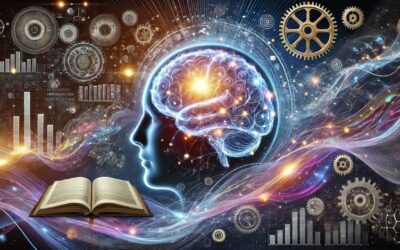
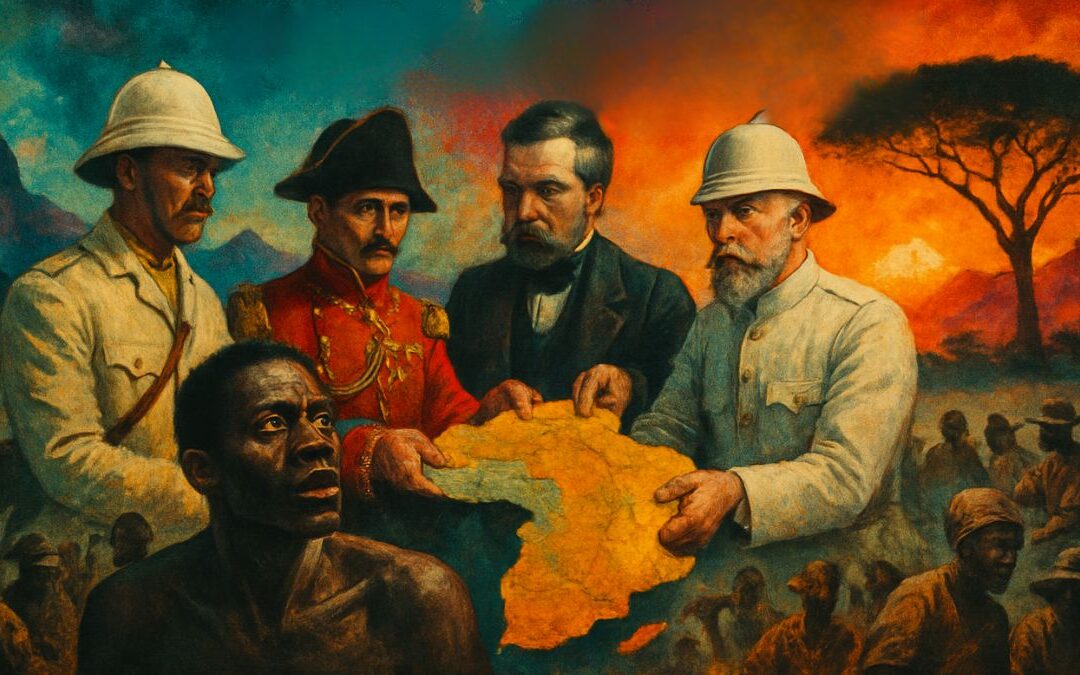
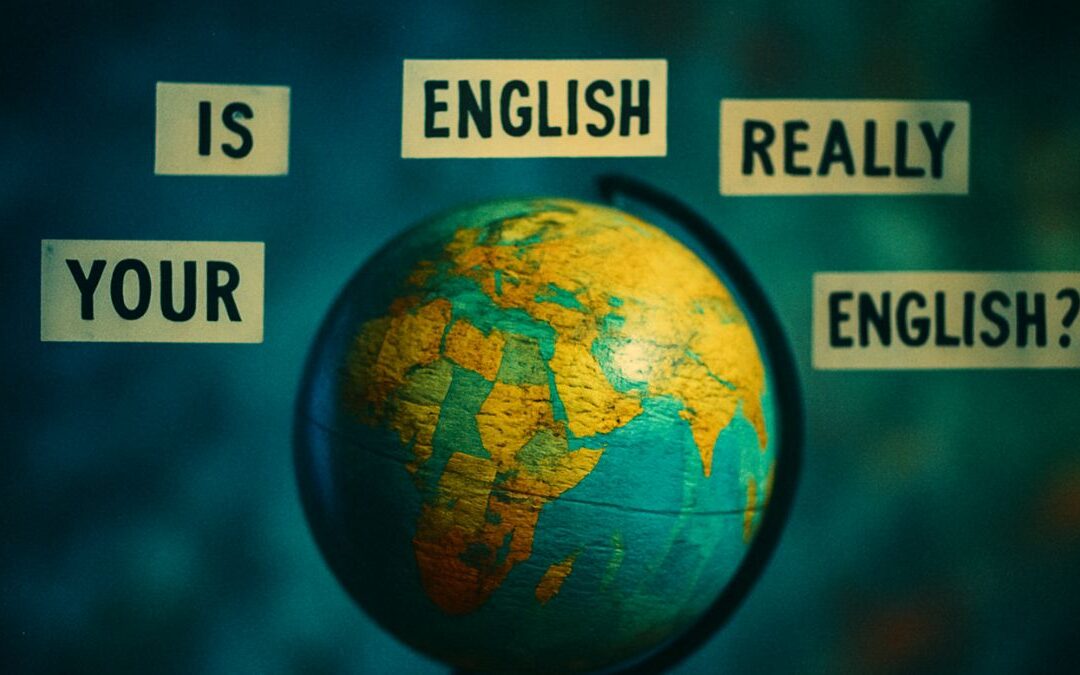
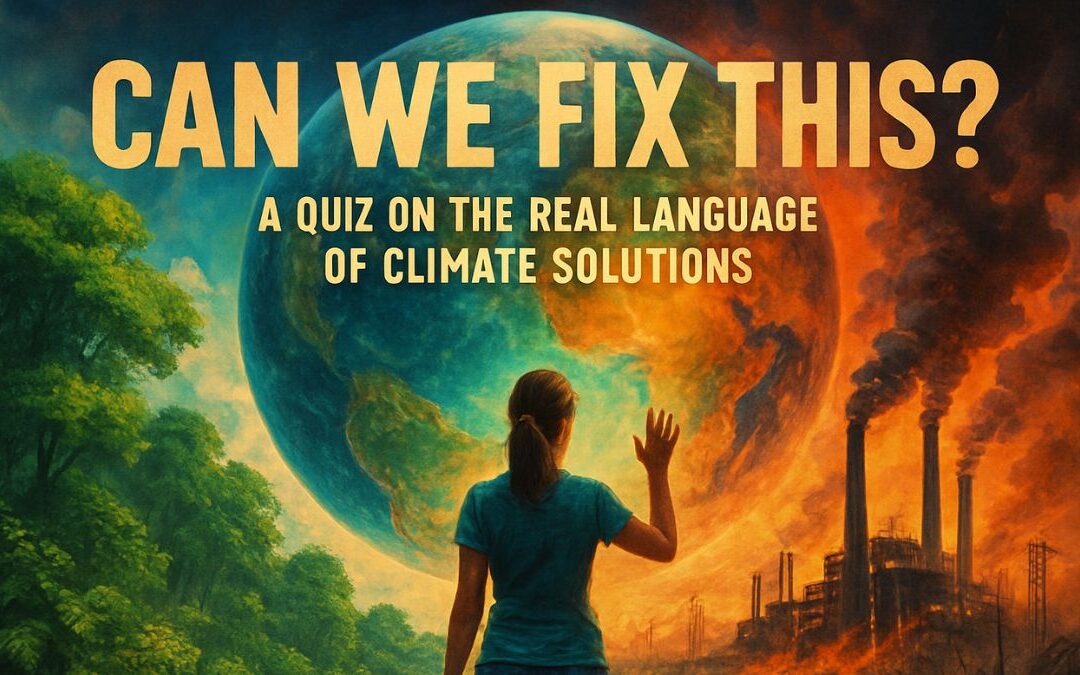

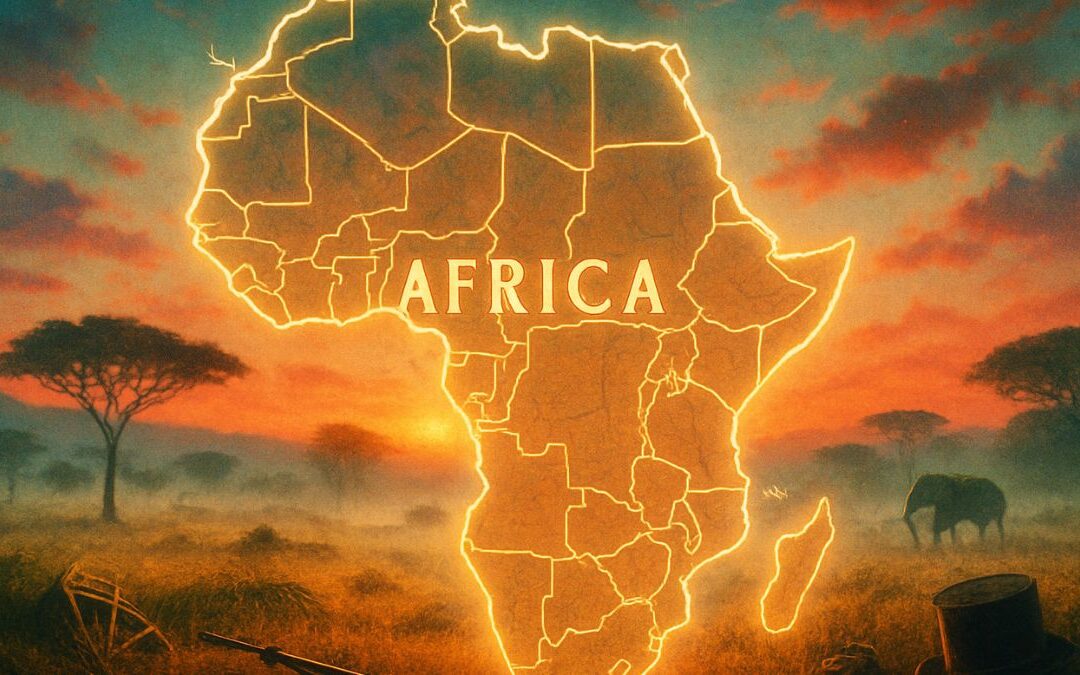

0 Comments